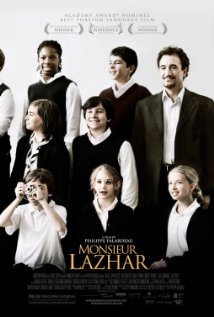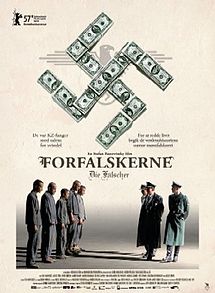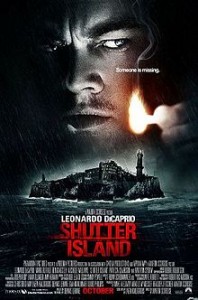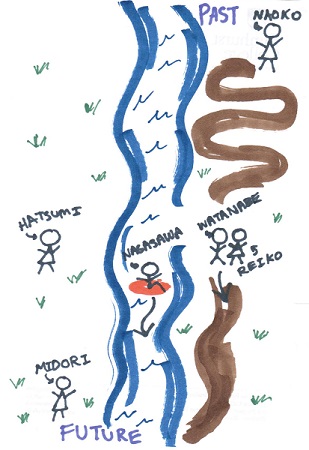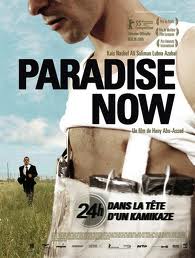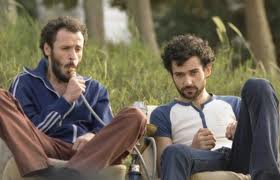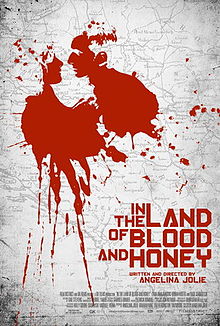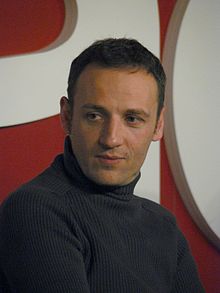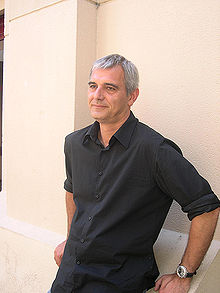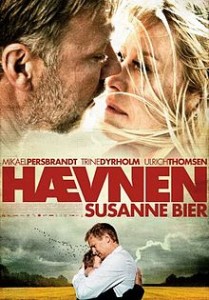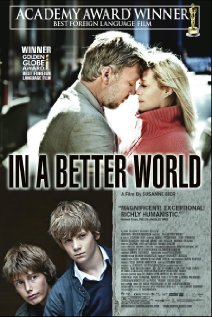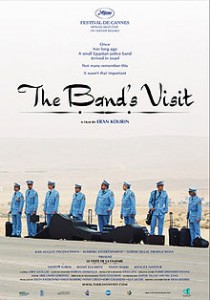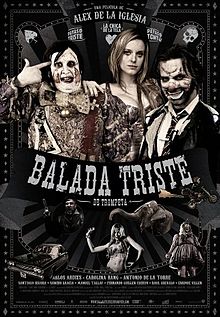 This movie mostly depicts the life-or-death struggle between a cruel clown and a tormented, sad pantomime; the story is grotesque and absurd and upon finishing the movie I angrily thought, “I could not recommend this movie to anyone.” However, when thinking of this movie after one night of sleep, the cruel and grotesque scenes entirely disappeared and I saw more clearly the things that were hidden by the absurdity. This movie was an allegory about Spain’s recent history and thus naturally contained—like every allegory—cruelty, sorrow, and a lesson.
This movie mostly depicts the life-or-death struggle between a cruel clown and a tormented, sad pantomime; the story is grotesque and absurd and upon finishing the movie I angrily thought, “I could not recommend this movie to anyone.” However, when thinking of this movie after one night of sleep, the cruel and grotesque scenes entirely disappeared and I saw more clearly the things that were hidden by the absurdity. This movie was an allegory about Spain’s recent history and thus naturally contained—like every allegory—cruelty, sorrow, and a lesson.
It is 1937 during the Spanish Civil War. The people in circus troupes who peacefully traveled around to rural areas to entertain people are threatened by the communist general Enrique Líster, who is supposed to be anti-fascist and fight for the people; the circus people are drafted by force and fight in the front line. In the end, the Spanish Republican Army suffers a crushing defeat; the fascists execute most of the circus troupe members and only the clown is sent to a slave labor camp. The clown’s son goes to the slave labor camp to help his father, but sees the fascist general kill his father before his own eyes; the boy crushes the general’s eye and barely escapes from the camp alive.
The story suddenly shifts to the present time in the 1970s, a time of peace under the Franco Administration. The son of the clown who died is now a crybaby pantomime full of sadness and goes to an interview to get a job at a circus. The most popular clown at the circus who conducts the interview says, “If I weren’t a clown, I would become a murderer”; to the audience’s surprise, the cowardly pantomime responds, “Me too.” For some reason the clown likes this cowardly pantomime and hires the pantomime in order to torment him. The clown is arrogant, cruel, and malicious to all the other circus people, who are afraid of him; but he is popular with children and, since spectators come to watch him, nobody including the troupe manager can complain about him and they laugh at his lame jokes, pretending the jokes are funny. The pantomime is the only one who stares blankly and frankly says he doesn’t understand the joke, offending the clown. The clown’s beautiful acrobat lover admires the attitude of the pantomime who isn’t afraid of the clown and she seduces the pantomime. The pantomime falls in love with the acrobat who, even though she is abused by the clown, cannot leave him; when the pantomime tries to rescue her from the clown, the clown explodes with anger and beats the pantomime, nearly killing him. While watching over the pantomime in his hospital room, the acrobat says she chooses the clown over the pantomime and leaves, but the pantomime gets angry and attacks the clown and ruins the clown’s face. The pantomime runs away from the police and coincidentally finds himself under the protection of the general whom he had taken the eye of. The one-eyed general treats the pantomime like a dog. The one-eyed general lives in a luxurious mansion; he invites his boss Generalísimo Franco to his home for hunting and has the pantomime offer the game in his mouth to Franco. Generalísimo Franco is depicted as a gentle and kind person within this movie, admonishing the one-eyed general with, “You mustn’t treat a human with such cruelty,” but in the next moment, the pantomime bites Franco’s hand. The pantomime destroys his own face and transforms it into a terrifying face, kills the one-eyed general, and runs away.
The clown who was once popular is now ugly, hated and feared by children. However, when the pantomime appears in front of the acrobat with unchanged love, she says to him, “You are more terrifying than the clown now.” Franco’s right-hand man Prime Minister Blanco is suddenly assassinated. In the chaos that immediately follows, the pantomime and the clown chase after the acrobat like mad men; she escapes by climbing up a ridiculously tall, skyscraper-like cross and thus the desperate struggles of these three people begin. Seeing this, a young man who was a fellow member in the circus makes up his mind to go rescue these three people. This young troupe member was shot from a cannon to a wall every day and, though people were interested and laughed for a moment, he was immediately forgotten every day. He is shot from the cannon toward the cross, but he hits the cross and really dies this time. Acrobat tells the pantomime, “I love you now,” before falling from the cross and dying.
The clown and pantomime are arrested and face each other in a paddy wagon, both of their faces now terrifying without any makeup. In the repeated life-or-death struggle, the acrobat and young troupe member died while the two men live on heartily and the movie ends with the two staring at each other and smiling as if to say, “So what happens next?”
The beautiful acrobat courted by the pantomime and the clown represents “power.” She symbolizes the target that kings, dictators, nationally elected presidents, or any person with political power desire to reach. I think the clown symbolizes fascism. He has charm to attract the hearts of the people, but is also dangerous at the same time and nobody has the power to suppress him. However, the people begin to hate the clown when he becomes ugly. The pantomime symbolizes communism or populism that becomes radicalism. Originally possessing a noble heart, existing to speak for the sorrow of other people, the pantomime gradually becomes brutal and at certain occasions is more frightening than the clown; even though the clown doesn’t get arrested for anything he does, the authorities continue to chase down the pantomime for his atrocities. The nameless circus troupe member who doesn’t attract attention from anyone and dies trying to rescue the three people may symbolize anonymous citizens. I wonder if the young troupe member represents the Spanish citizens that do their own jobs silently without drawing attention and do not know an effective method to solve the chaotic system.
In this movie, the generals of both political parties are depicted cruelly, but, curiously, Franco is depicted as a gentle and fair person. Certainly it couldn’t be that criticism of Franco is still taboo nowadays in 2010. I believe that Franco was severe with the opposing party, but as a person, was honest and seriously thought about the future of the people of Spain; the people of Spain, even those with different political standpoints, appear to appreciate and recognize him for these values. That was the impression I got from this movie.

